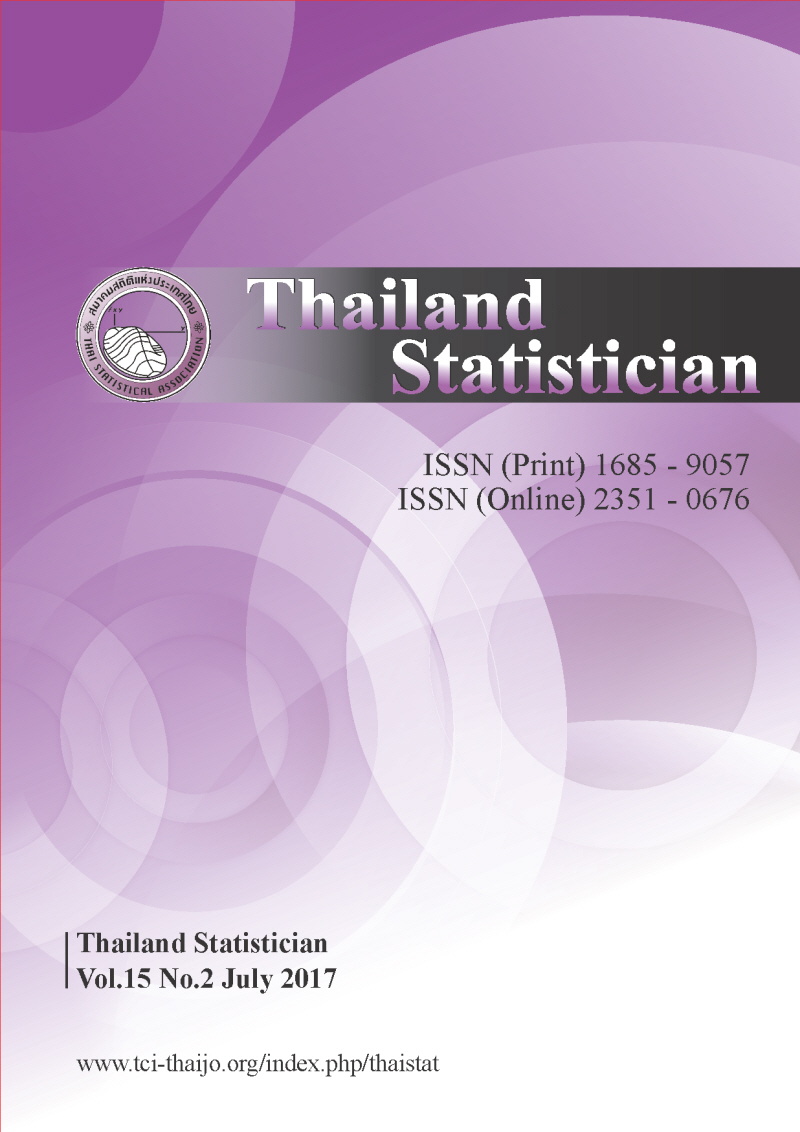Using Genetic Algorithms to Generate Dw and Gw-Optimal Response Surface Designs in the Hypercube
Keywords:
Computer-generated design, experimental design, robustness, optimality criteria, weak heredityAbstract
This article proposes and develops a genetic algorithm (GA) for generating response surface designs using weighted D and G optimality criteria (Dw and Gw). The numbers of input variables are k = 2, 3, and 4 with the number of design points N = p, p+1, …, p+4 with p = 6, 10, and 16, respectively. In this research, weak heredity (WH) is assumed with 16 cases of prior probabilities assigned to the reduced models. For all cases, the designs are generated in a k-dimensional hypercube design region. The weighted optimality criterion are used to compare the performance of GA designs with computer-generated designs (SAS OPTEX procedure).
Downloads
Published
2017-07-08
How to Cite
Chairojwattana, A., Chaimongkol, S., & Borkowski, J. J. (2017). Using Genetic Algorithms to Generate Dw and Gw-Optimal Response Surface Designs in the Hypercube. Thailand Statistician, 15(2), 157–166. retrieved from https://ph02.tci-thaijo.org/index.php/thaistat/article/view/92204
Issue
Section
Articles




